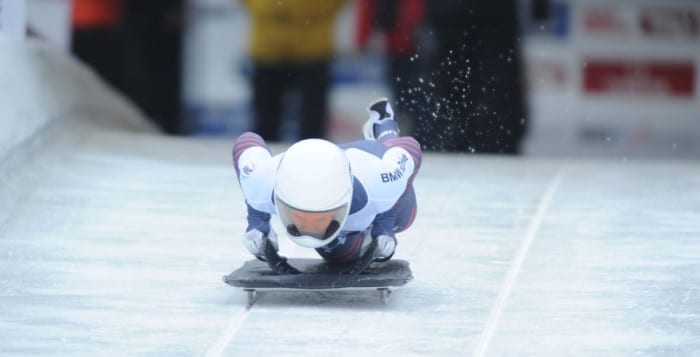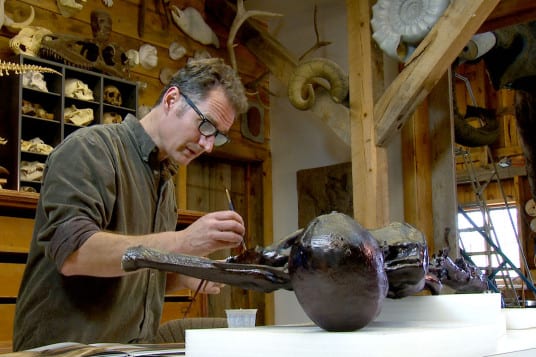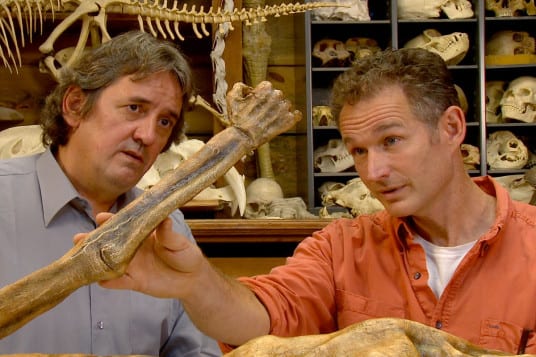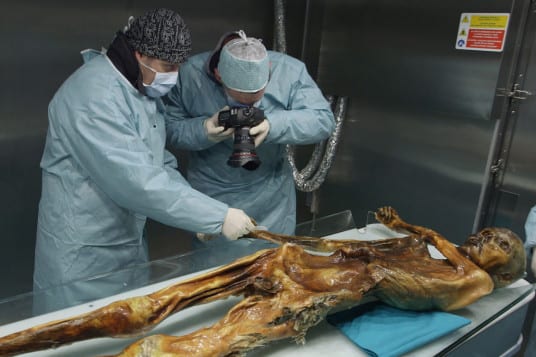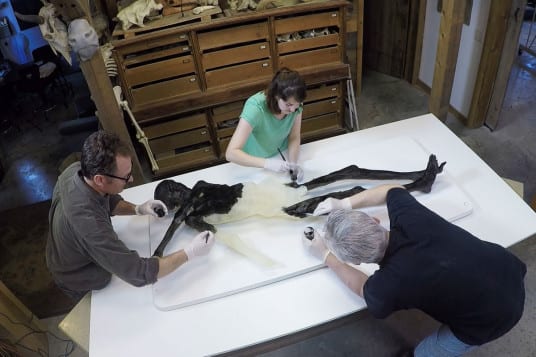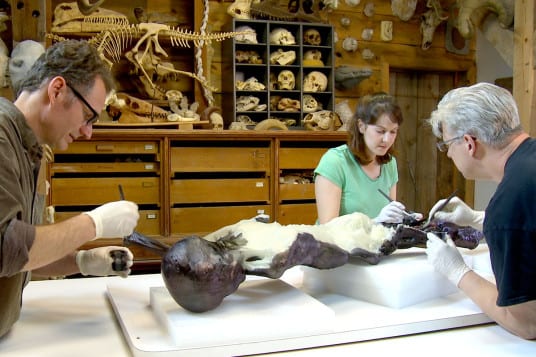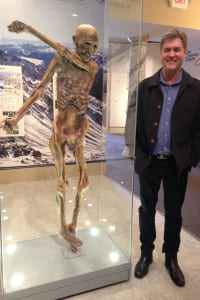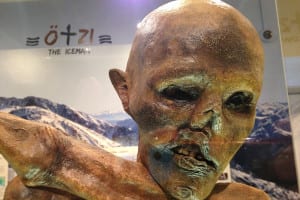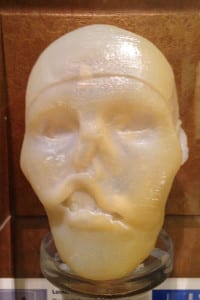She traveled thousands of miles to the same cold, unforgiving mountains in Europe, Canada and the United States. Small mistakes on ice tracks around the world had robbed her of precious tenths and even hundredths of a second. Not this year though, and not for this new Annie O’Shea.
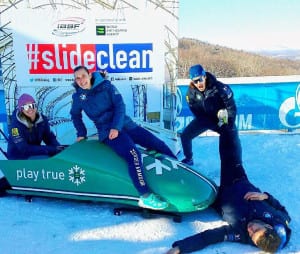
The Port Jefferson Station native and standout track and field graduate from Comsewogue High School, where her mother Linda works in the district office, spent a dozen years training, racing and demanding more every year in the high speed sport of skeleton racing to get to where she is now.
This year, on the International Bobsleigh & Skeleton Federation World Cup circuit, O’Shea finally turned tears of anguish into tears of jubilation — finishing no worse than sixth in each of her last six competitions and, in the process, winning precious medals.
“I’ve had some good races here and decent races there in the past, but I’ve never been able to do it more than once or keep the momentum going,” O’Shea said. The positive energy that helped her generate a breakthrough season has created a “great feeling” for O’Shea.
Her run started on her home track of Lake Placid, site of the 1980 Miracle on Ice Olympics, where she often felt pressure to do well. In the second week of January, she sprinted past a cacophony of cowbells and encouraging shouts from a supportive crowd for about five seconds, dove headfirst on her sled and earned her first World Cup gold medal. Her performance easily surpassed her ninth-place finish on the same track a year earlier.
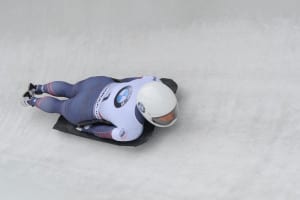
From there, it was off to Park City, where she came in fourth, narrowly missing a medal. Undeterred, O’Shea trekked to Whistler, Canada where she collected the second silver medal of her career. She won her first silver World Cup medal four years earlier in La Plagne, France.
O’Shea ended the season in fourth place overall, a mere seven points away from third. She also finished the World Championship race in Igls, Austria, which includes four different heats, in fifth place, a personal best.
“It’s been many, many, many years coming,” O’Shea said. “This is worlds different from how last year ended. I feel like a different person in a really good way.”
She attributes much of her successful season to developments that started last summer, when she started working with a life coach.
Brett Willmott, her conditioning coach and the associate Head Track and Field Coach at the University of Vermont, said O’Shea took important steps last summer not just mentally, but physically as well.
“When she finished the season last year, she was beaten up a little bit,” he said. “Things didn’t go the way she wanted. She had a foot-down moment” where she addressed her challenges head on. By June, the “workouts were going better than they were before.”
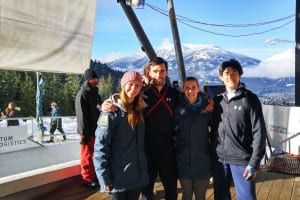
During the season, she also bought into head coach Tuffy Latour’s philosophy of believing in the process. She has also bonded with a close-knit group of teammates, including rookie Kendall Wesenberg and men’s sliders Matt Antoine and Nathan Crumpton.
“She did all the right things and put everything together at the right time,” said Latour. “I push on all the athletes to believe in one step at a time and to minimize their distractions.”
Latour said athletes are sometimes their own worst enemies, especially when they are so focused on results that they forget about all the little adjustments they need to make to succeed.
Latour suggested that O’Shea has turned a corner, and become a “real team leader.”
O’Shea said she’s stopped paying attention to the clock and concentrated on staying in the moment.
“I focus on what’s right in front of me and not what’s behind me or four corners ahead, because I didn’t get there yet,” she said.
O’Shea’s mother recalls all the times she took her daughter to practices for Empire State games. In the last dozen years, she and her husband John made the six-hour trek up to Lake Placid to watch their daughter live as she flew by overhead on the track. When O’Shea competes in Europe, her mom gets up at 3:30 in the morning to watch her.
“When she’s finished with a race, I can always tell whether she’s happy or not,” Linda O’Shea said. The time she spent supporting her daughter is time she “wouldn’t give back for anything.”
The 28-year old skeleton racer said she knows her family is always watchimg her and appreciates their support, particularly during the years when everything didn’t come together the way it did this year.
“My mom and dad and sisters all reminded me of how proud of they are of me,” O’Shea said. Hearing how happy they are with her success this year “makes me feel like [the medals are] not just for me. It’s for all of us.”

